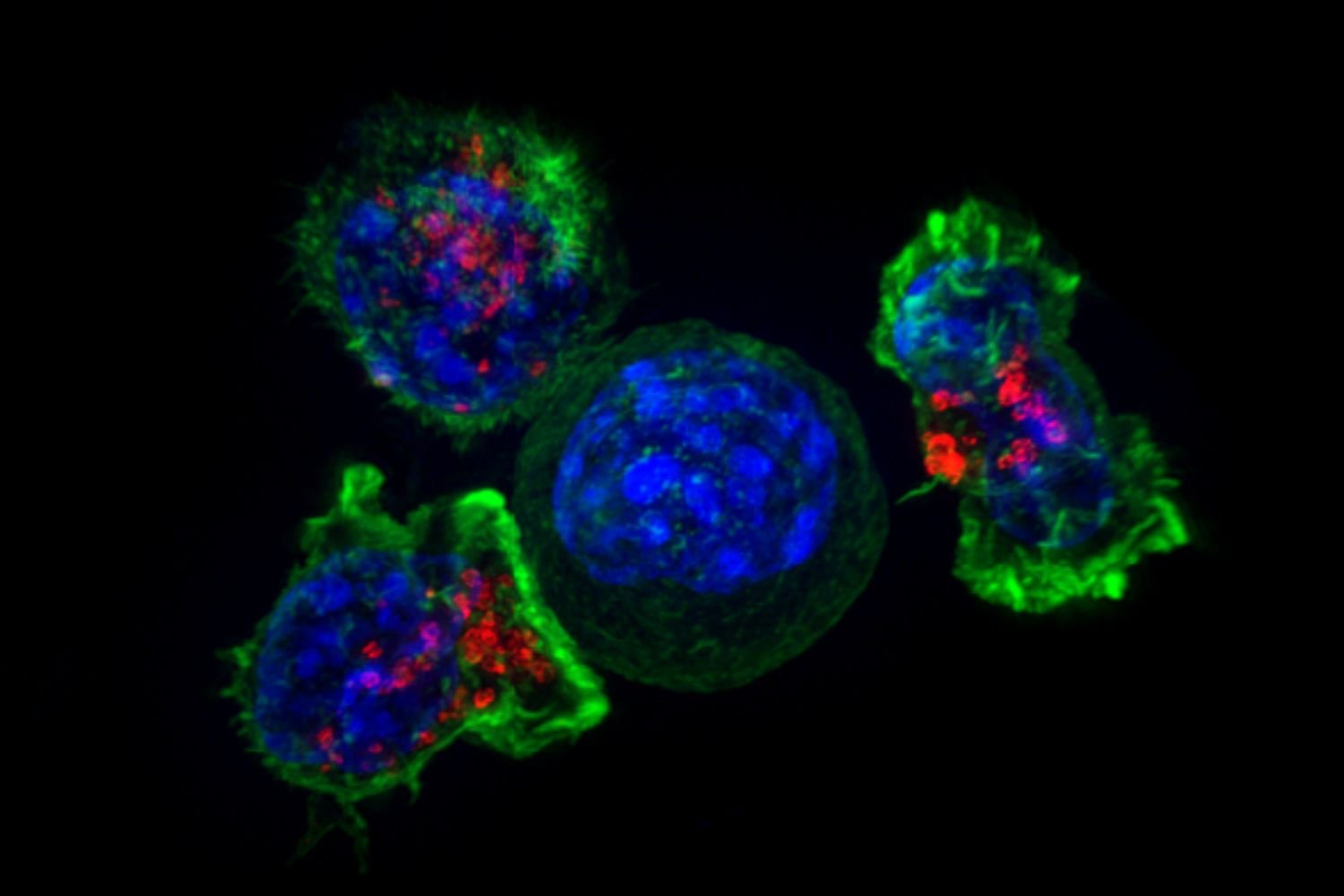James Webb never ceases to amaze us. Ever since those shocking first shots, the space telescope hasn’t stopped working. He arrived today with news, and presents us with two new images of galaxies, including from the Ghost Galaxy. The material reminds us of hypothetical wormholes.
The images were captured by an expert in spatial imaging, Judy Schmidt, together with JWST. This impressive image was taken using the telescope’s infrared (MIDI) instruments. galaxy located about 32 million light years away our planet.
Although the “Ghost Galaxy” is an incredible nickname, the real name of this formation is NGC 628, or Messier 74. Since its discovery, this galaxy surprised astronomers and researchers, and all thanks to its impressive symmetry. In addition, scientists believe that it is based on an intermediate-mass black hole, which also arouses curiosity among many.
Messier 74 has been studied for many years. After all, it is one of the closest galaxies to us. The image taken by James Webb shows spiraling lanes of bright dust along with a bunch of colored dots that represent the stars within.
James Webb offers us new perspectives on outer space
But Messier 74 was not James Webb’s only target. telescope too captured another galaxy quite close to our surroundingsand this is NGC 7496. Despite a completely different formation than before, it is still an impressive object with its unique geometry.
NGC 7496, like Messier 74, is a spiral galaxy. In this category is our own Milky Way. The name comes from the formation supported by the arms that make up the celestial body.giving it a classic spiral shape, almost mesmerizing.
It is too the first spiral galaxy that Webb observed during his scientific imaging. It is located a little closer than the previous one, about 24 million light-years from us. Specifically in the constellation of the Crane.
Luminous filaments and dustballs that are normally dark in visible light images are bright and glow in JWST infrared light.
Judy Schmidt on Flickr
Why were these images captured?
While the images are impressive, their usefulness is not limited solely to shock what they can offer. In fact, these images belong to PHANGS (High Angular Resolution Physics in Nearby Galaxies, according to the English abbreviation). This is a set of registered data be able to study the relationship between stars and cold molecular gas in spiral galaxies.
Until now, Hubble was responsible for providing PHANGS with detailed images of these galaxies., but with the launch of James Webb, this responsibility was also assigned to him. However, the study uses data from the ALMA radio observatory and the Very Large Telescope in Chile.
Source: Hiper Textual













